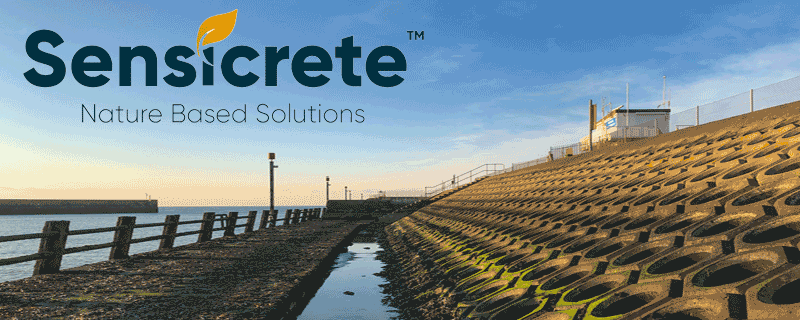CONCRETE – Heal Thyself
Self-healing concrete set to save Britain billions
An exclusive deal makes JP Concrete the first UK company to offer self-healing concrete. This revolutionary product could help save both the environment and the economy.
It’s no stretch to say that concrete is central to human society. It’s at the heart of pretty much every structure, from roads and bridges to homes, workplaces, civic buildings…you name it. It’s sturdy, versatile, and popular – so popular that the global construction industry pours 7.3 billion cubic metres of concrete every single year.
All this new concrete obviously costs a lot of money. But what many people don’t realise is that maintenance costs for concrete are also enormous.
Every piece of concrete poured will crack eventually. Those cracks need to be filled, or structures will come crashing down.
We spend a whopping £2 trillion every year on maintaining global infrastructure. 2 trillion. Imagine what we could do with that kind of money if we weren’t spending it on old concrete?
Just 20% less maintenance for our concrete structures would save 200 billion pounds annually. To put that into perspective, £200bn is enough to plant a rainforest as big as the Amazon.
But how can we get these savings without compromising our concrete structures? If concrete starts to break down, millions of lives will be at risk. That’s why we spend so much maintaining it in the first place.
If only concrete could automatically repair itself, we could save hundreds of billions every year without compromising any structural integrity.
It sounds like a dream solution – but it’s very real. Dutch microbiologist Henk Jonkers has spent years developing a form of living concrete which automatically seals its own cracks.
Recently, Jonkers’ company Basilisk has signed an exclusive deal with British precast firm – JP Concrete. Their new product, Sensicrete, will be the first self-healing concrete in the UK. It’s set to revolutionise the British construction industry.
With Sensicrete, we can finally produce more sustainable structures while saving businesses, the government, and private individuals a huge amount of money.
How does self-healing concrete work?
Put very simply, self-healing concrete acts as a habitat for limestone-producing bacteria. The bacteria sleep in the concrete until woken by air and water, which get in through cracks. They then busily begin producing limestone until the crack is sealed – at which point the bacteria go back to sleep.
Despite being microscopically tiny, these bacteria (called ‘Bascilis’) can produce an astonishing amount of limestone in a short amount of time.
Henk Jonkers, the inventor of self-healing concrete, explains:
“Concrete becomes unsafe when its reinforcements break down. Concrete is usually reinforced with steel rebar, and this corrodes when water gets to it. By making sure that the concrete seals up any cracks before water reaches the rebar, we can keep the steel safe for longer and prolong the life of the structure”.
This is done by adding a special bacterial ingredient to the concrete as it’s being mixed. “The bacteria only become active when the concrete cracks and water gets in”, says Jonkers, “When the bacteria activates, it starts to produce limestone. The limestone fills and seals the crack, and the water is driven back. This makes the concrete much more durable and extends the structure’s lifetime. It’s as simple as that”.
“A new age of bio-structures”
Jonkers sees his self-healing bio-concrete as the first step towards a new, sustainable future of bio-structures. “It’s combining nature with construction materials”, he says, “it’s asking nature to help us, rather than fighting against nature. It’s very sustainable.”
Sensicrete is helping to achieve this vision in the UK – and will make a huge difference to UK infrastructure and economy into the bargain. For example, as an island nation we spend £800 million every year on coastal defences. If concrete sea defences could protect themselves against the sea, we’d be (literally) high and dry.
To find out more about how this revolutionary new concrete will change construction, save billions, and help build a more sustainable future, visit the JP Concrete website.









Leave a Reply
Want to join the discussion?Feel free to contribute!